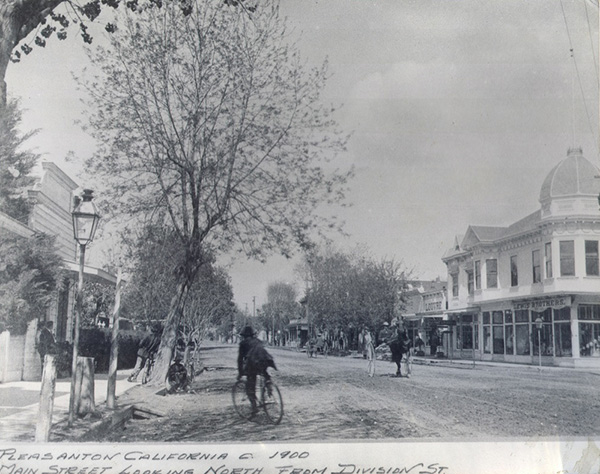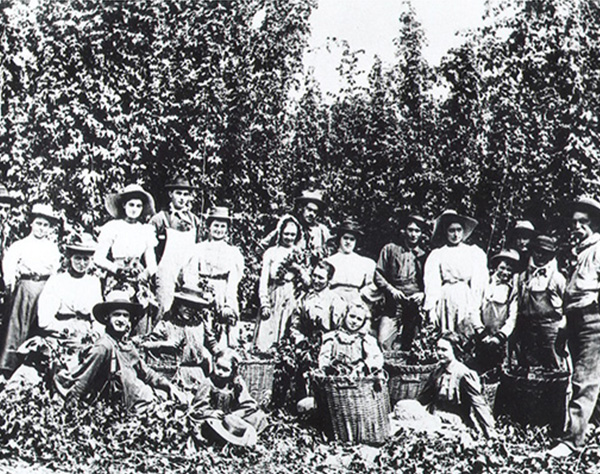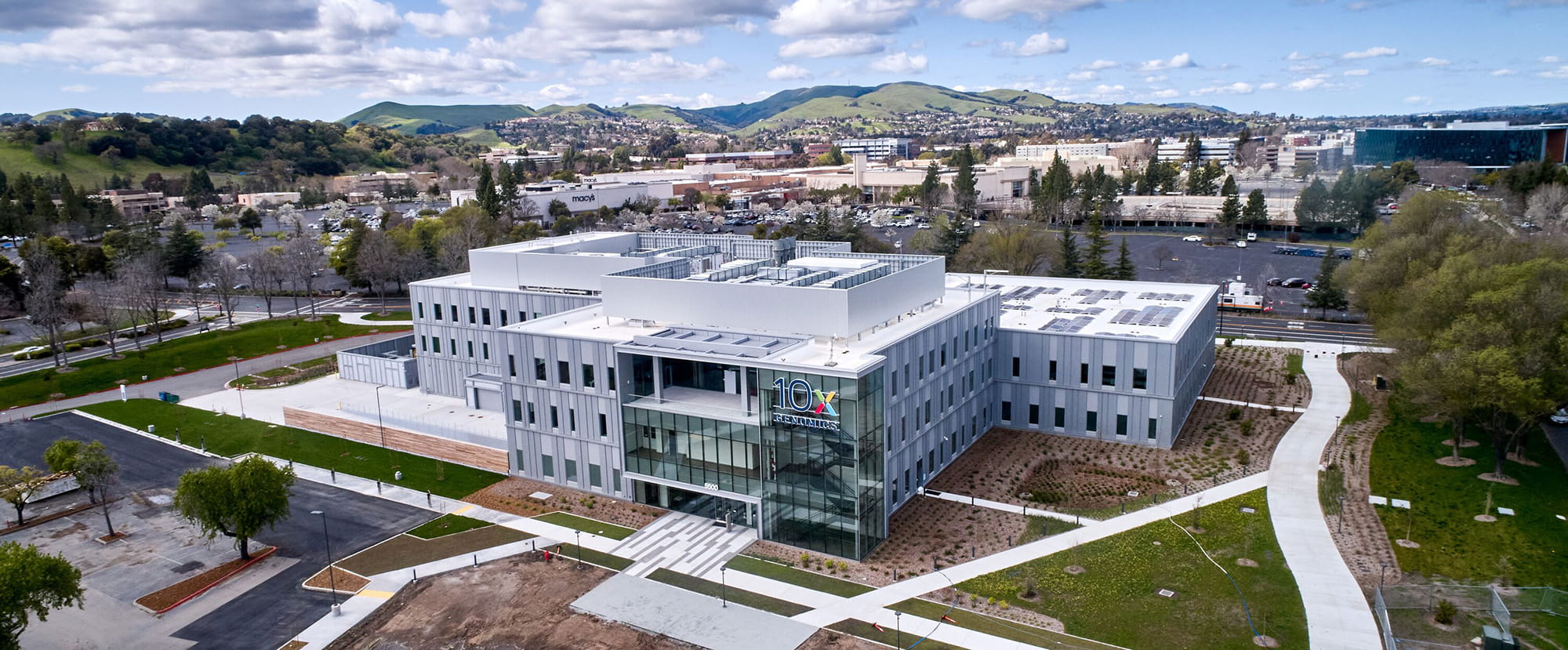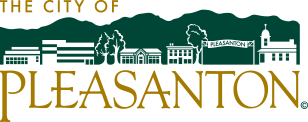About Pleasanton
The area that grew to be the city of Pleasanton played a significant role in California history. The City’s environs were first settled 4,000 years ago by the Ohlone peoples and later became a thriving agricultural area when the Spanish arrived in the 1770s.
The History of Pleasanton
Pleasanton’s history has been largely shaped by its geographic location. Located along the first transcontinental railroad, the area was known as Alisal in the 1850s when it served as a main mercantile stopover during the Gold Rush era during which it enjoyed the nickname, “The Most Desperate Town in the West,” due to a proliferation of bandits who ambushed unsuspecting gold miners returning with their riches.
The rolling grasslands were dotted with cattle and the area was home to the largest hops crop in the United States. The town was also home to a 500-acre ranch purchased in the 1880s by George and Phoebe Apperson Hearst. During his time in the area, George Hearst served as a United States senator. Pleasanton was incorporated on June 18, 1894 and named for Major General Alfred Pleasonton of the Union Army. A typographical error by the U.S. Post Office is believed to be responsible for the current spelling of the city’s name.


City of Pleasanton’s Growth
Pleasanton enjoys a strong equestrian heritage as home to the nation’s oldest one-mile racetrack, built in 1858 by the Bernal family. This racetrack is located at the current day Alameda County Fairgrounds. The city also enjoyed brief celebrity as “Hollywood of the North”, after serving as the location for the 1917 film, Rebecca of Sunnybrook Farm.
Pleasanton’s rural character underwent unprecedented population growth in the 1960s joining other burgeoning Bay Area cities. During the 1980s, Pleasanton’s modern-day position as a center of commerce given its location at the intersection of Interstates 580 and 680 was defined with the development of the Tri-Valley’s first large business center – Hacienda Business Park – as well as the Stoneridge Shopping Center. By the mid-1980s, Pleasanton was the third fastest growing city in California.
During this same timeframe, the City of Pleasanton offered a vacant building on Main Street in downtown to the Amador-Livermore Valley Historical Society (ALVHS), known now as the Museum on Main. The Museum on Main building once housed the old Town Hall, Police Department, and the first library, and now serves the community by enhancing the knowledge and preservation of its history.
During the 1990s and 2000s, the city continued to grow its employment base, leveraging access to BART services, along with attracting high-value employers and a skilled talent pool. Over time, Pleasanton has developed a solid economic base with large employers like Workday, Oracle, Kaiser Permanente, Roche Molecular Systems, Thermo Fisher and 10x Genomics establishing facilities and investing in the community.
Pleasanton now occupies a land area of 24.2 square miles. Pleasanton’s population has grown at a slower pace since 2010, when it had 70,537 residents. According to the city’s 2020 decennial census count, Pleasanton is currently home to 78,252 residents. Today, Pleasanton enjoys a rich blend of historic turn-of-the century charm and a high quality of life and economic well-being desired by both residents and businesses.

